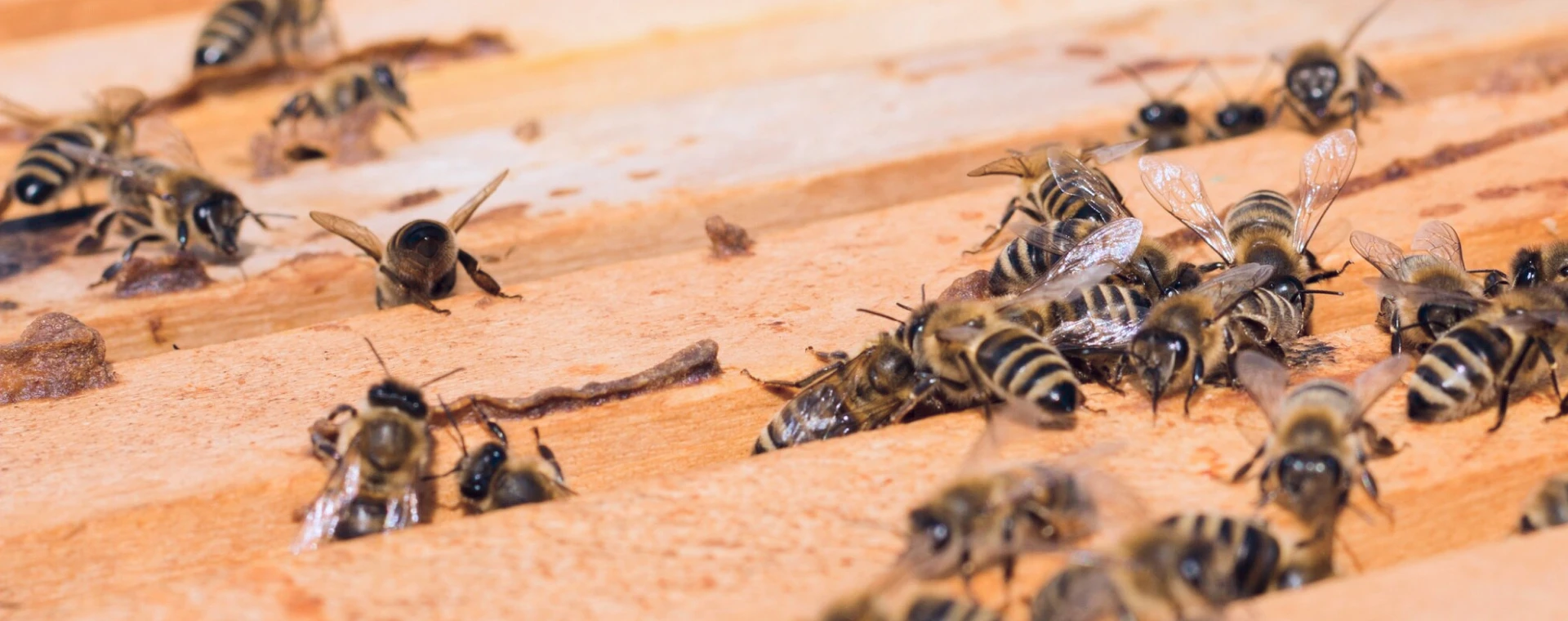Despite being a source of honey, bees can pose a huge problem if they invade your home. The problem could worsen if you have small children or people with allergies. The good news is that you can seek professional bee removal services in your locality of Toronto, to get rid of them.


How Pest Control Can Help with Bee Removal in Toronto


Step 1
The first step is to identify the type of bee present in your home. Professionals could use pesticides, smoke, or other extraction methods to get rid of them The method used for carpenter bees may not work for ground-nesting ones.



Step 2
The removal of the nest itself may involve carpentry work to gain entry and repair structural damage. For the ground-nesting bees, the experts may use smoke or pesticide to repel or kill them.


Step 3
New bees may move into the same place if repairs are neglected or done incorrectly. This indicates that working with a professional company to get rid of the bees, make repairs, and provide a warranty against further infestations is ideal.
Other Popular services
















